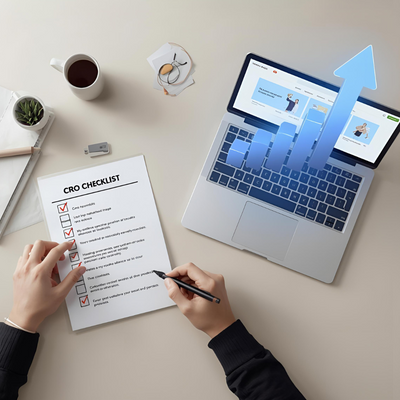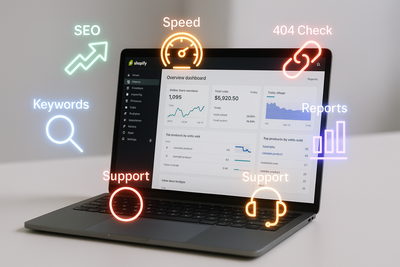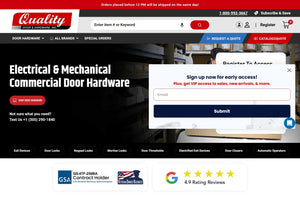
We Design, Develop & Scale Shopify Stores
Our Signature Projects

Monthly Website Maintenance Plan

Ongoing Shopify Support (10 Hours/Month)

SEO & Speed Monitoring Subscription

Shopify Theme Tweaks and Changes

Custom Shopify Store Development

Shopify SEO and Content Marketing

Shopify Audits and Consultancy

Custom Shopify App Development

Migration to Shopify - Support & Planning

Complete Redesign or Store Facelift

Custom Shopify Theme Development

Logo or Branding
Client Brands
Why Choose TechCure?
Discover why 2,000+ businesses trust us to build, launch, and scale their online stores.
For 13+ years, TechCure has powered global brands with smart, scalable eCommerce solutions. From Shopify launches to seamless migrations and 24/7 support, we keep your business running stress-free.
Expertise that Scales
With 13+ years in web development and eCommerce, we help businesses grow through Shopify, WooCommerce, and custom scalable solutions
24/7 Dedicated Support
Your store never sleeps—neither do we. Our 24/7 Shopify & WooCommerce support keeps everything running, so you can focus on growth.
Results that Convert
We specialize in Shopify optimization, SEO, and conversion strategies to turn visitors into loyal customers.
Happy clients served
Industry experience
Client satisfaction rate
Support availability




